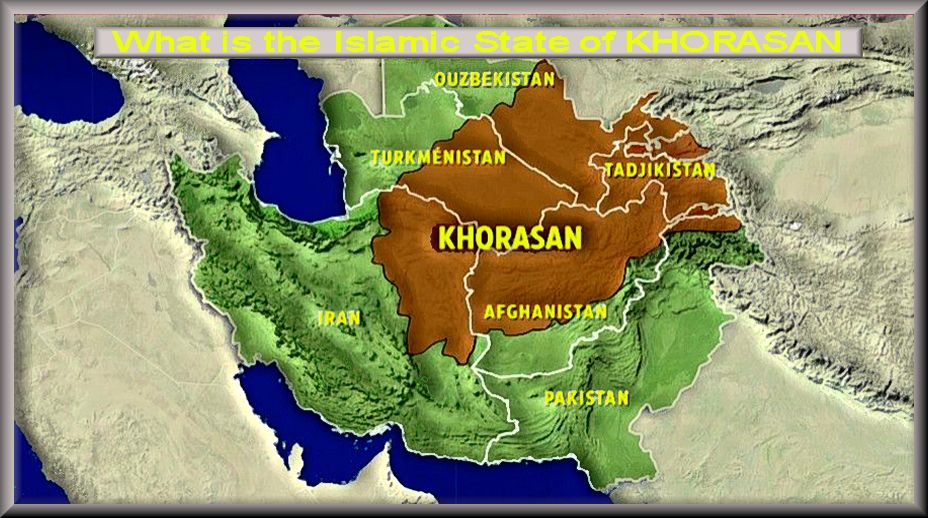THE ISLAMIC STATE IN KHORASSANA DANGER FOR RUSSIA AND EUROPE | |
The other factor obviously remains the Moscow attack which more broadly reveals the renewed activity of Daesh in Khorasan (EI-K), which could also be described as Daesh in Afghanistan. The Islamic State in Khorasan (IS-K) EIK operates primarily in the Afghanistan-Pakistan zone, but is present throughout historic “Khorassan” – a region that spans parts of Afghanistan and Pakistan but also Iran and other countries from Central Asia. The Islamic State of Khorasan, “EI-K” is considered the “most bloodthirsty in Afghanistan”, according to a note published in 2021 by the French Institute of International Relations (IFRI). Created in 2015, the EIK aims to establish a “caliphate” – a system of governance subject to the strictest application of sharia and placed under the authority of religious leaders – in this region straddling South Asia and Central Asia. The EIK shares the ideology of its parent organization, the Islamic State group, which promotes an extreme interpretation of Islam and views secular governments, as well as non-Muslim civilian populations as well as Muslim groups and individuals who do not share its view of Islam as legitimate targets. Following the US withdrawal from Afghanistan in 2021, EIK's main objectives have been to challenge the legitimacy of the Taliban currently in power in the war-ravaged country, to assert itself as the legitimate leader of the Muslim community in its area and to appear as the main regional adversary of the existing regimes. Russia targets EIK Russia is its main target. “IS-K has been fixated on Russia for two years, frequently criticizing President Vladimir Putin in its propaganda,” Colin P. Clarke, a counterterrorism analyst at the Soufan Group, a security consulting firm based in Washington, told the American media. New York. The terrorist group considers that “the Kremlin has Muslim blood on its hands” since Russian interventions in Afghanistan, Chechnya and Syria. In September 2022, the terrorist group claimed responsibility for the suicide attack against the Russian embassy in Kabul. Additionally, Moscow's alliances with regimes opposed to the Islamic State group, including Syria and Iran, have made Russia a major adversary in the eyes of the terrorist organization and its affiliates. In particular, Russia has been a key ally of Syrian President Bashar Al-Assad since the start of Syria's civil war in 2011, and provides him with military support to enable him to fight various groups seeking to overthrow him, including the Islamic State. Europe also in the crosshairs By striking Russian targets, EIK seeks in part to deter Russia from further involvement in the Middle East. But these attacks also bring great publicity to his cause and aim to inspire his supporters around the world. The Moscow attack, which follows January's attack in Iran, suggests that ISIS is intensifying its efforts to export its ideological struggle directly to the territories of sovereign nations. It is a carefully calculated strategy that is likely to strike fear into many capitals with “new planned actions” from Russia to Europe. The threat from ISIS to Europe is real. Jihadist groups have recomposed in Afghanistan, some linked to the caliphate in Syria or Iraq which fell in 2020, and bring together several jihadist tendencies which, historically, have always sought to destabilize Central Asia and Europe. There we find in particular Tajik groups which have been very active in recent years, planning attacks on the continent thanks to close Chechen or Ingush networks. Just last Tuesday in Germany, two Afghan jihadists were arrested on suspicion of planning an attack on the Swedish Parliament. One of them is believed to be a member of EI-K. The group is therefore no less in the sights of Western authorities. According to the specialist Hugo Micheron: "European jihadism has been structured for around 30 years. [...] and if we want to understand, schematically, the way in which the development of jihadism worked, we must take an interest in a movement that would be pendulum, like that of the tides, with periods of low tide, periods of ideological recomposition, and periods of high tide […]. The last, being the period of attacks between 2014 and 2018, roughly, when Daesh was very structured and organized in Syria and Iraq, and had logistical capabilities to project terrorist networks towards Europe. The next one seems to be coming... |
|
| Alize Marion for DayNewsWorld | |
 |
|




